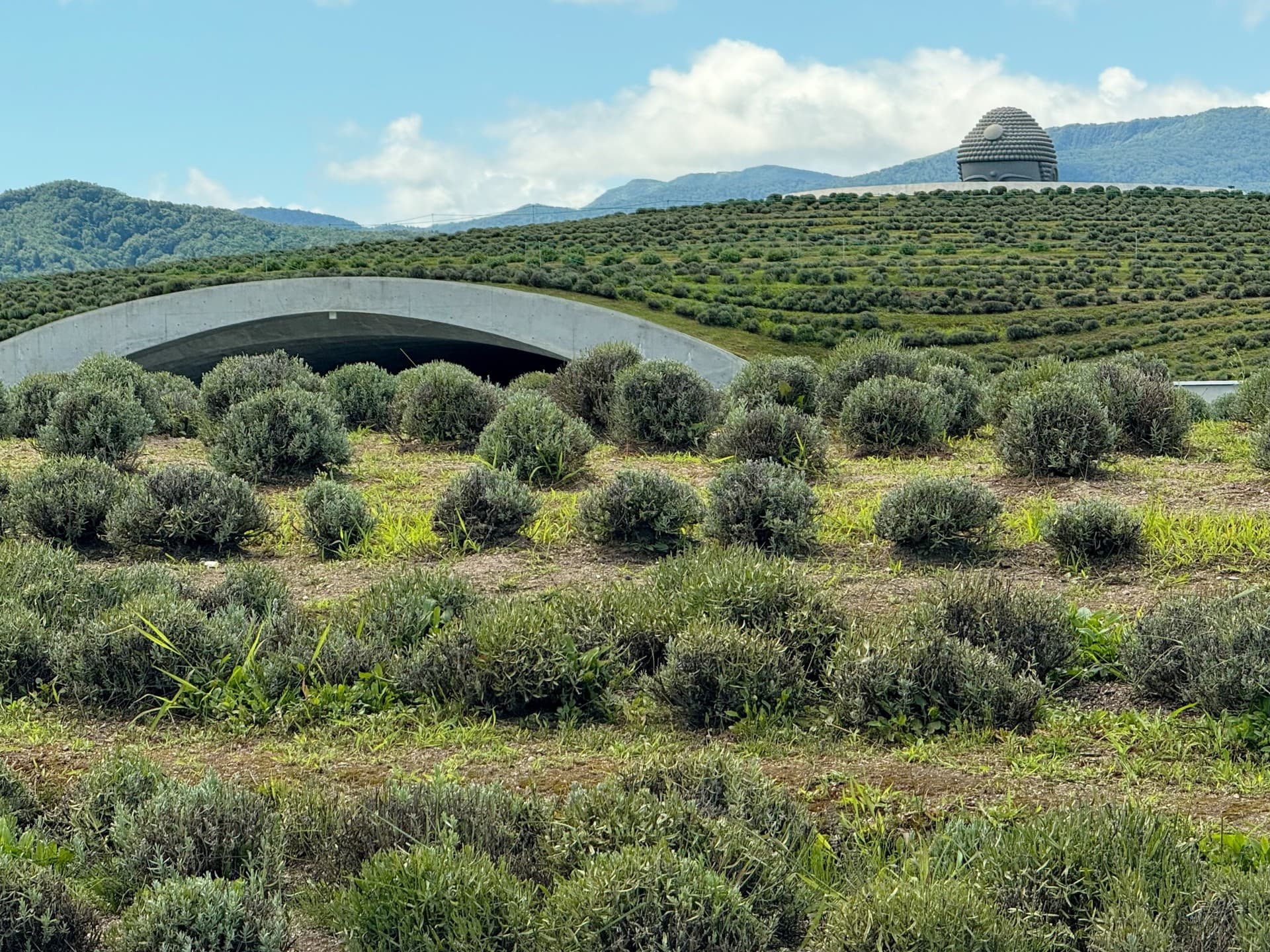Keihin Fushimi Inari: the shrine of 108 playful foxes
This shrine in Kawasaki is known for numerous playful statues of foxes, and houses the largest sacred mirror in Japan.
Keihin Fushimi Inari Shrine is a relatively new shrine tucked away in the Shinmaruko neighborhood in Kawasaki, close to the border with Tokyo. If most of the shrines and temples around Japan date hundreds of years ago, you might be surprised to find out this one was established in 1951. There is a reason for that — after World War II, its first priest, Kanjo Tomizawa, decided to build the shrine here to revitalize the neighborhood and lift peoples’ spirits during times of postwar reconstruction.
The entrance to the shrine is quite imposing — you can’t possibly miss the gigantic torii gate. The torii (built in 1954) is about 14 meters tall. There are two large statues of foxes on both sides (excuse the unsightly road sign covering the fox on the right).
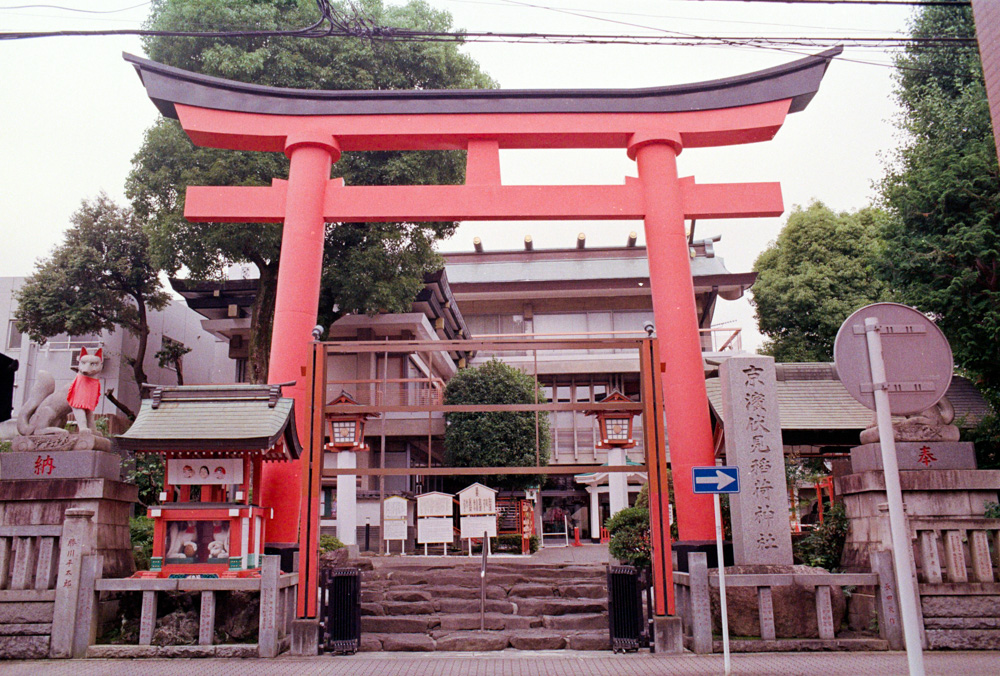
Let’s walk up the stone staircase into the precincts.
Immediately on the left side, there is a small shrine built into a miniature Mount Fuji! The rocks are the actual lava rocks that were brought here from the real Mount Fuji.
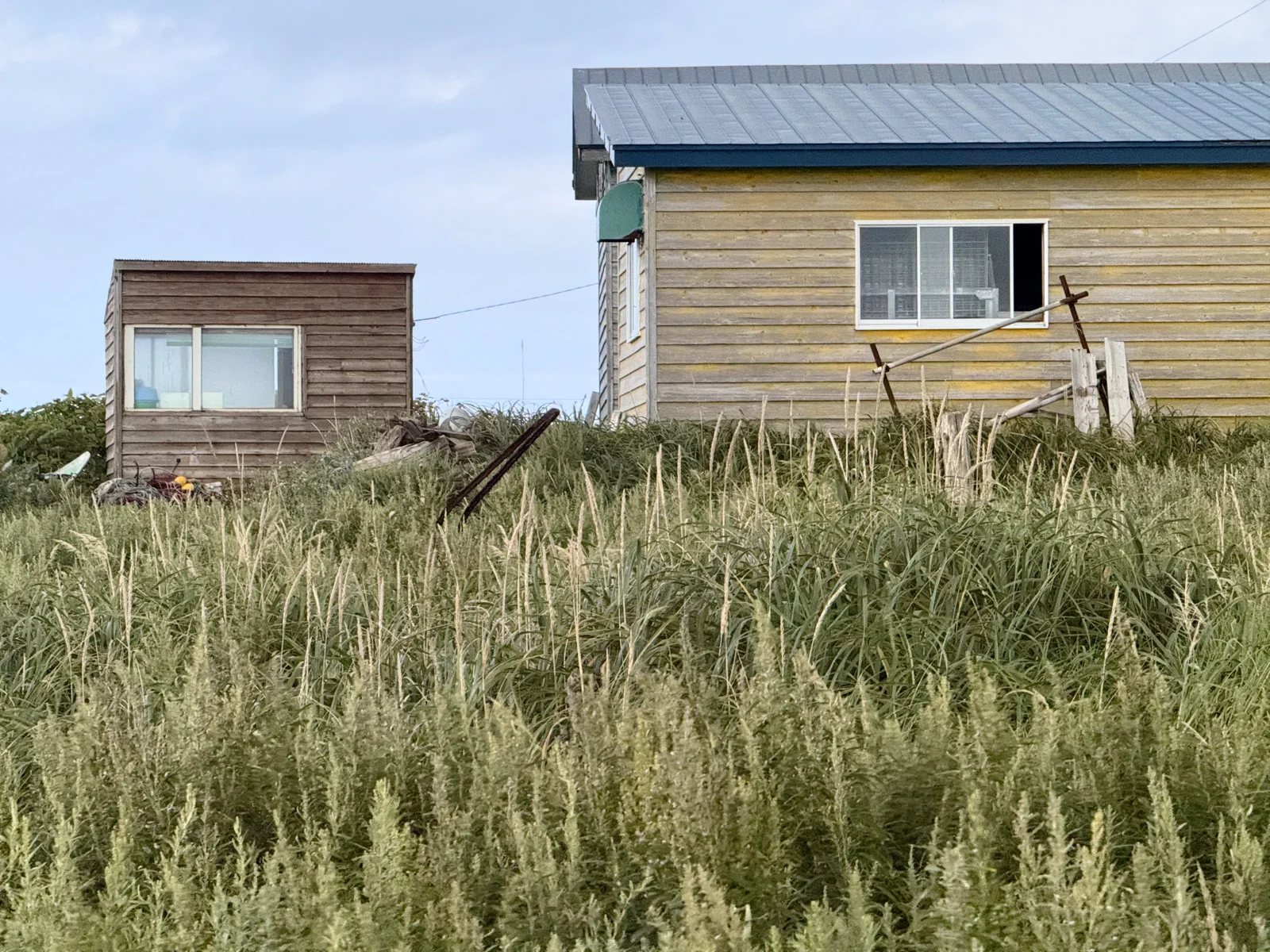
To the right of this little mountain we come to the main area with the main building and a tunnel of red torii gates. The deities enshrined here are believed to grant prosperity in business, industry and agriculture, healthy life, traffic safety, advancement in arts, education and job.
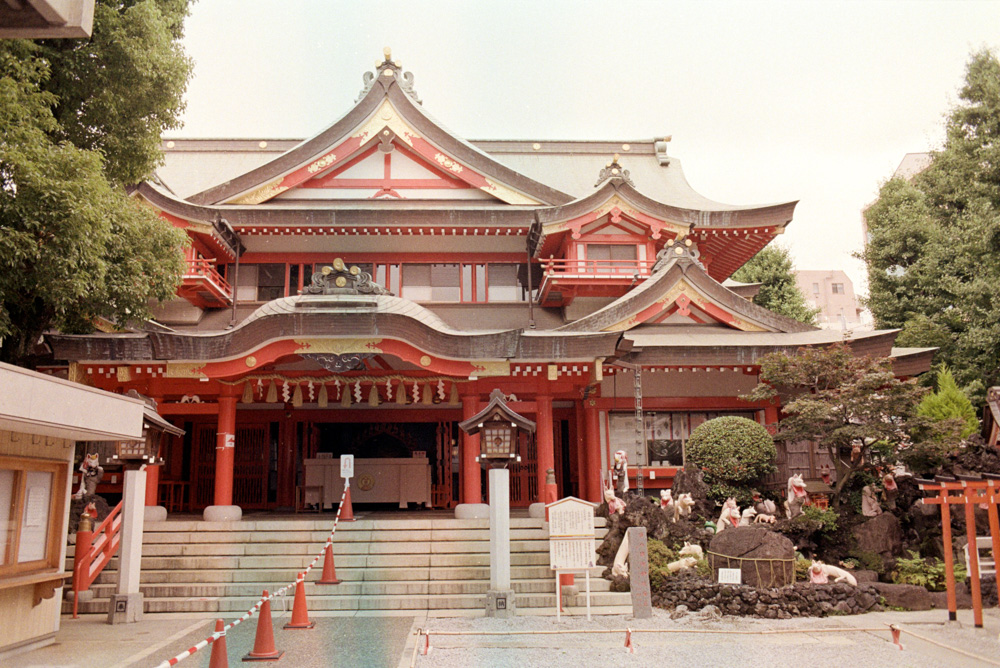
Next to the torii is a statue of the shrine’s founder, Kanjo Tomizawa.

There is something curious all the way in the back. Looks like some kind of animals! Let’s pass through the red tunnel.
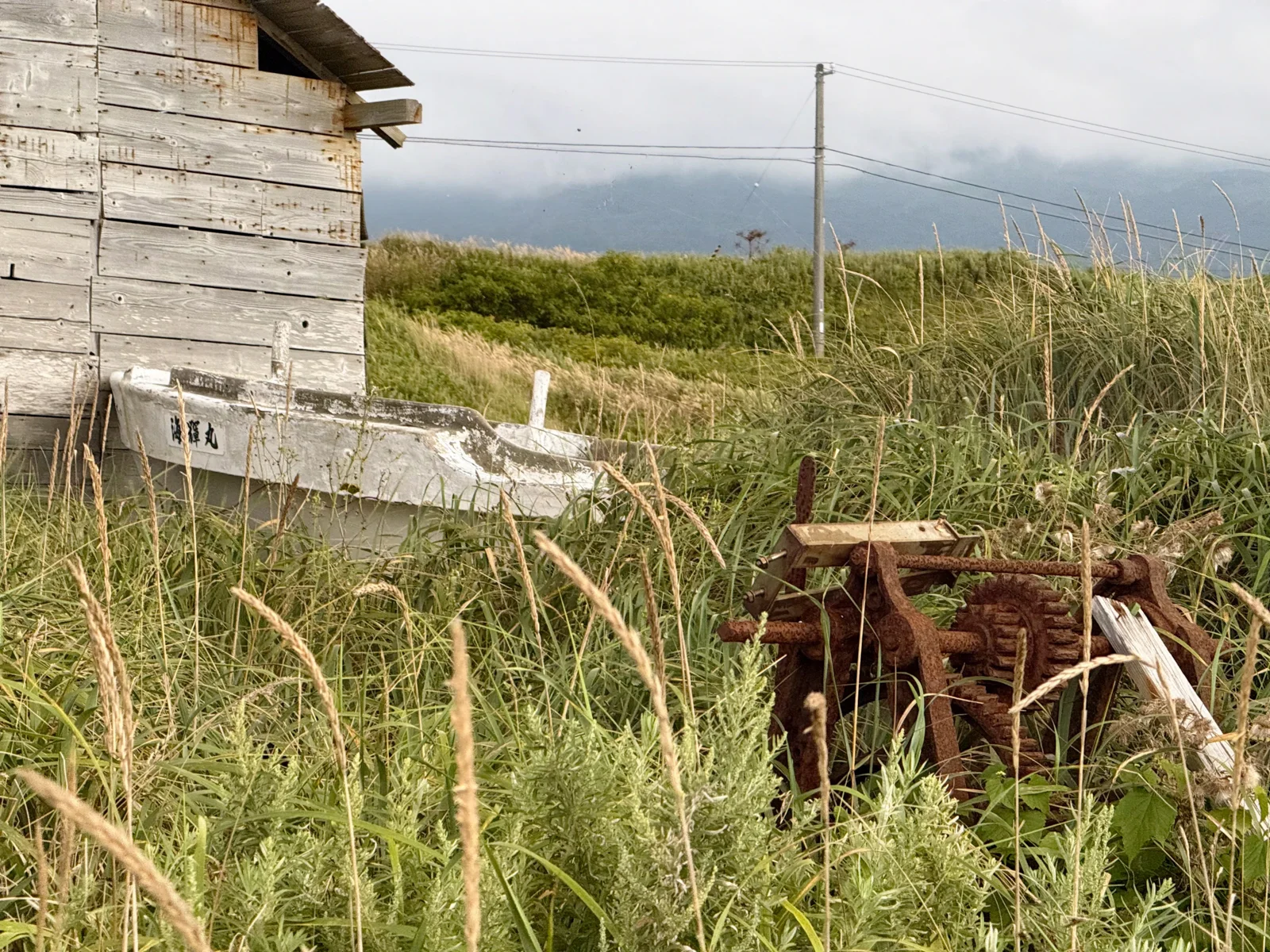
Would you look at that!
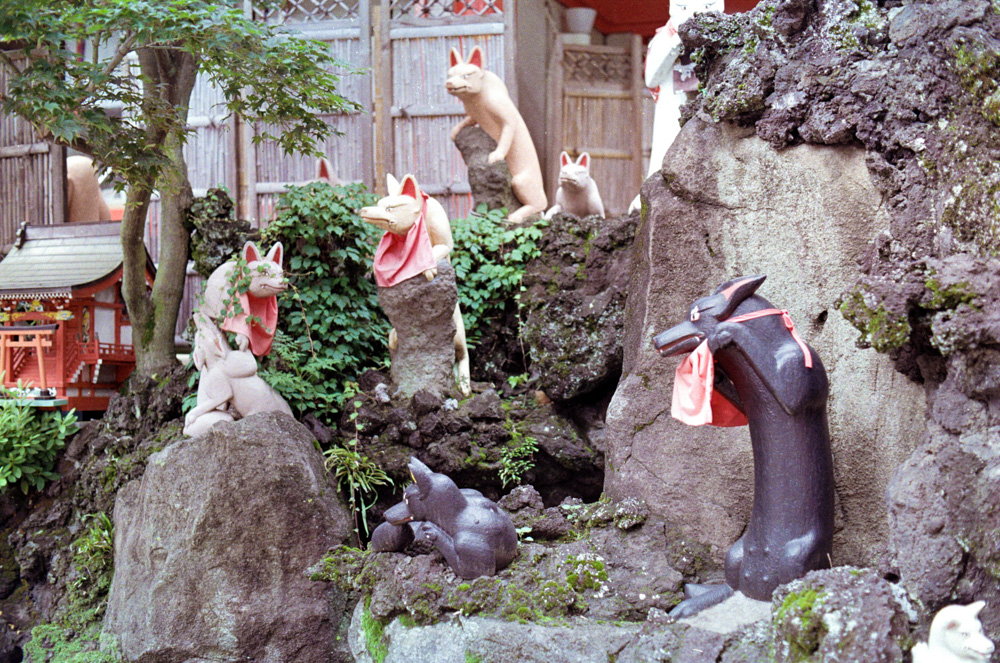
A world of foxes!

They’re on the rocks, under the rocks, behind the rocks and in the caves!
One green frog has sneaked in, too.
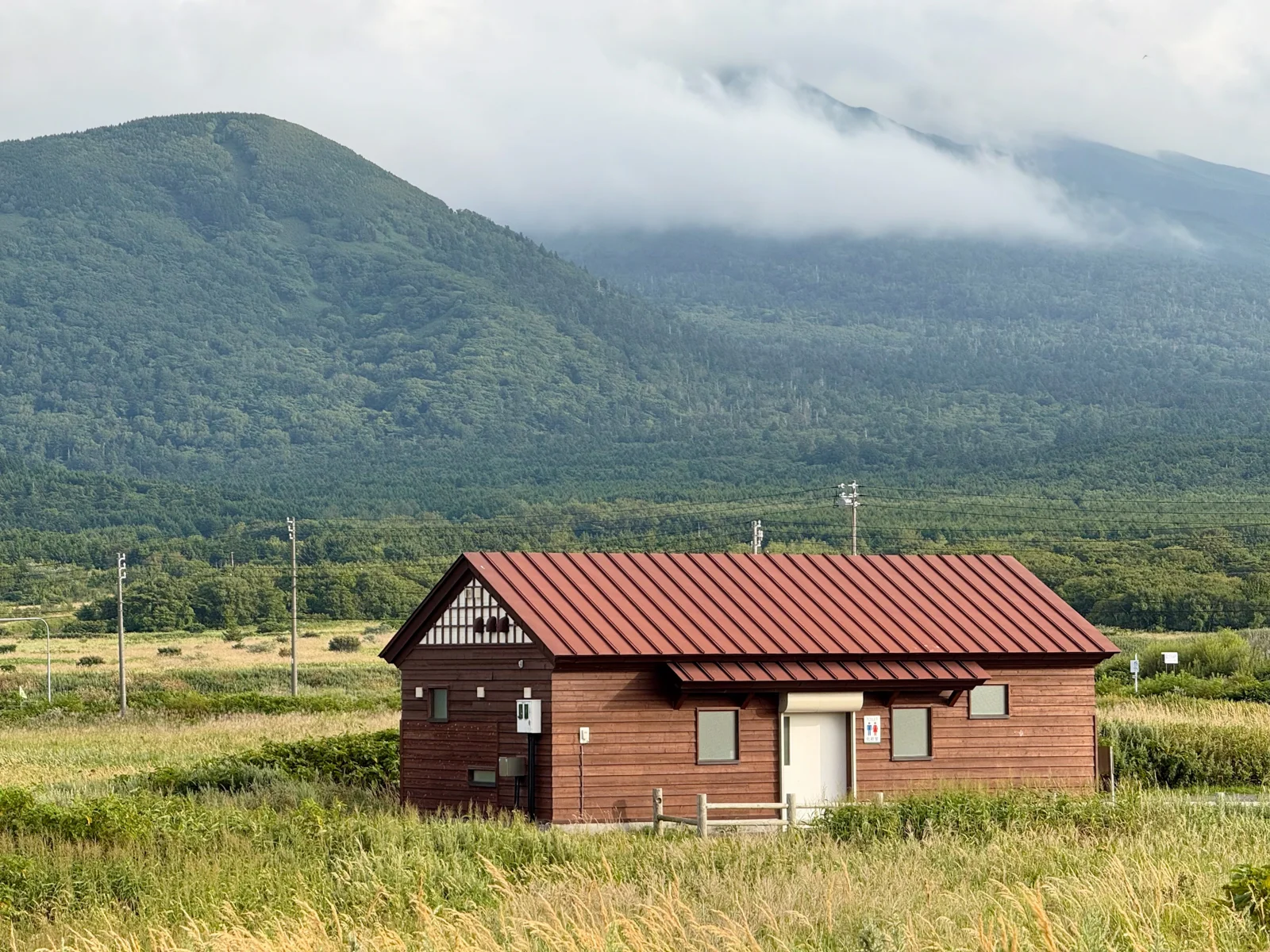
A small pond sits between the rocks.
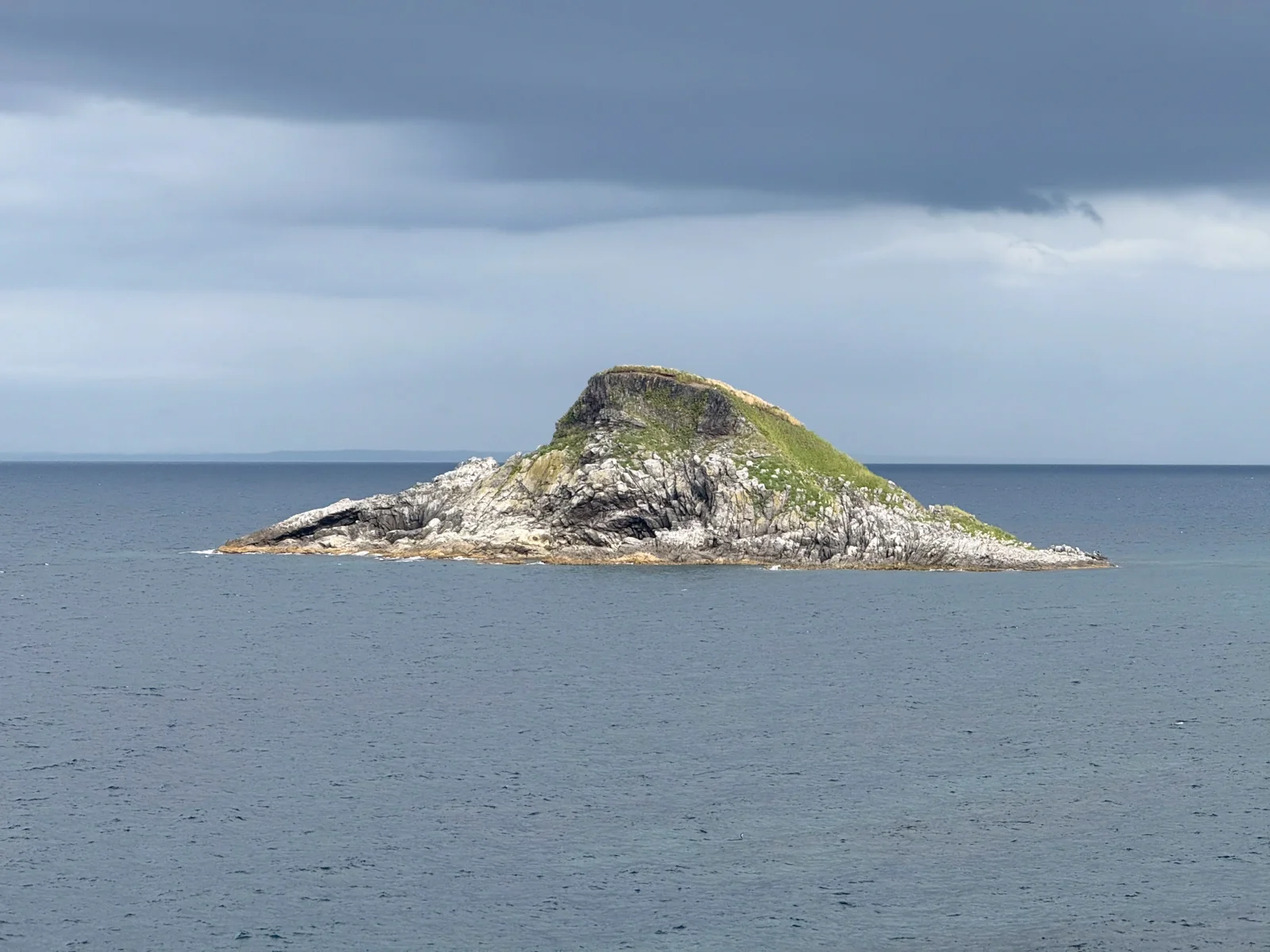
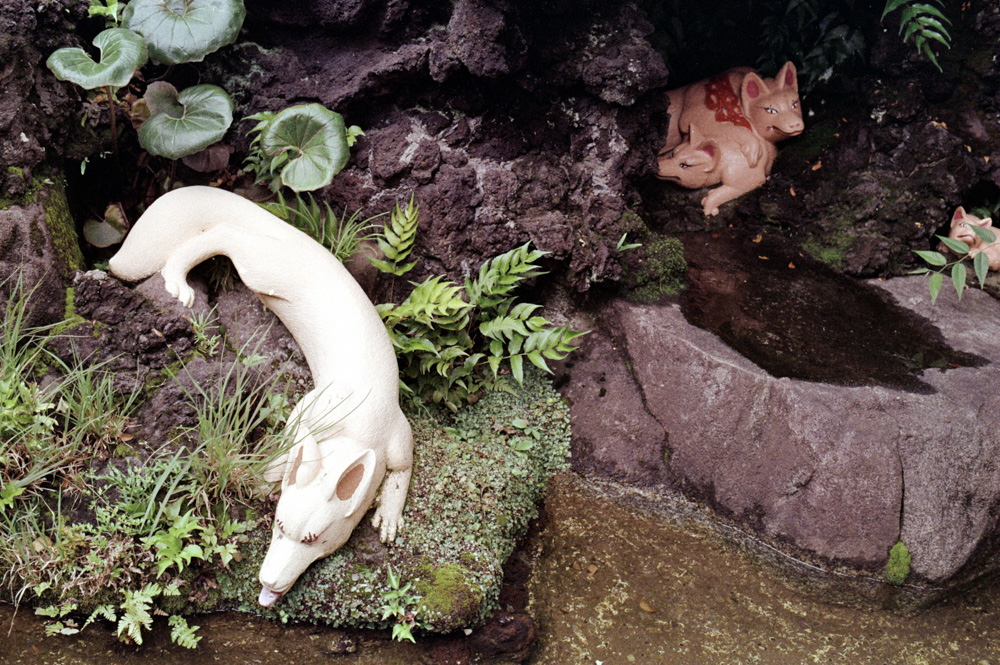
Why are there so many foxes here? In Japanese tradition, people call them kitsune or okitsune-san. These animals, closely associated with shrines, are considered to be the messengers of Inari, the god of rice and the bringer of prosperity.
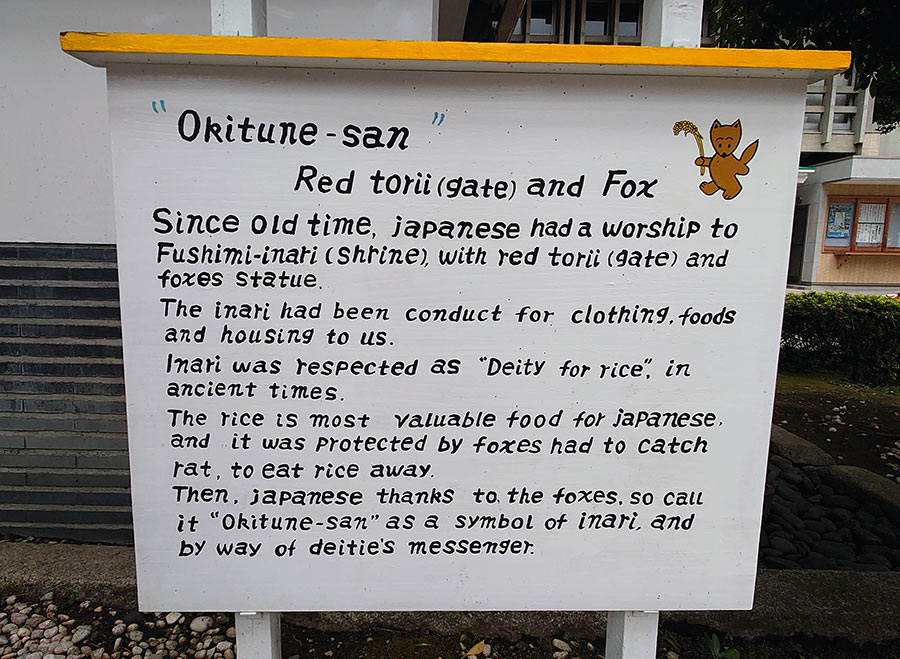
There are 108 fox statues on the precincts. Some of them can’t be seen; they are hidden along the wall on the side of the main building, but the area is off-limits.
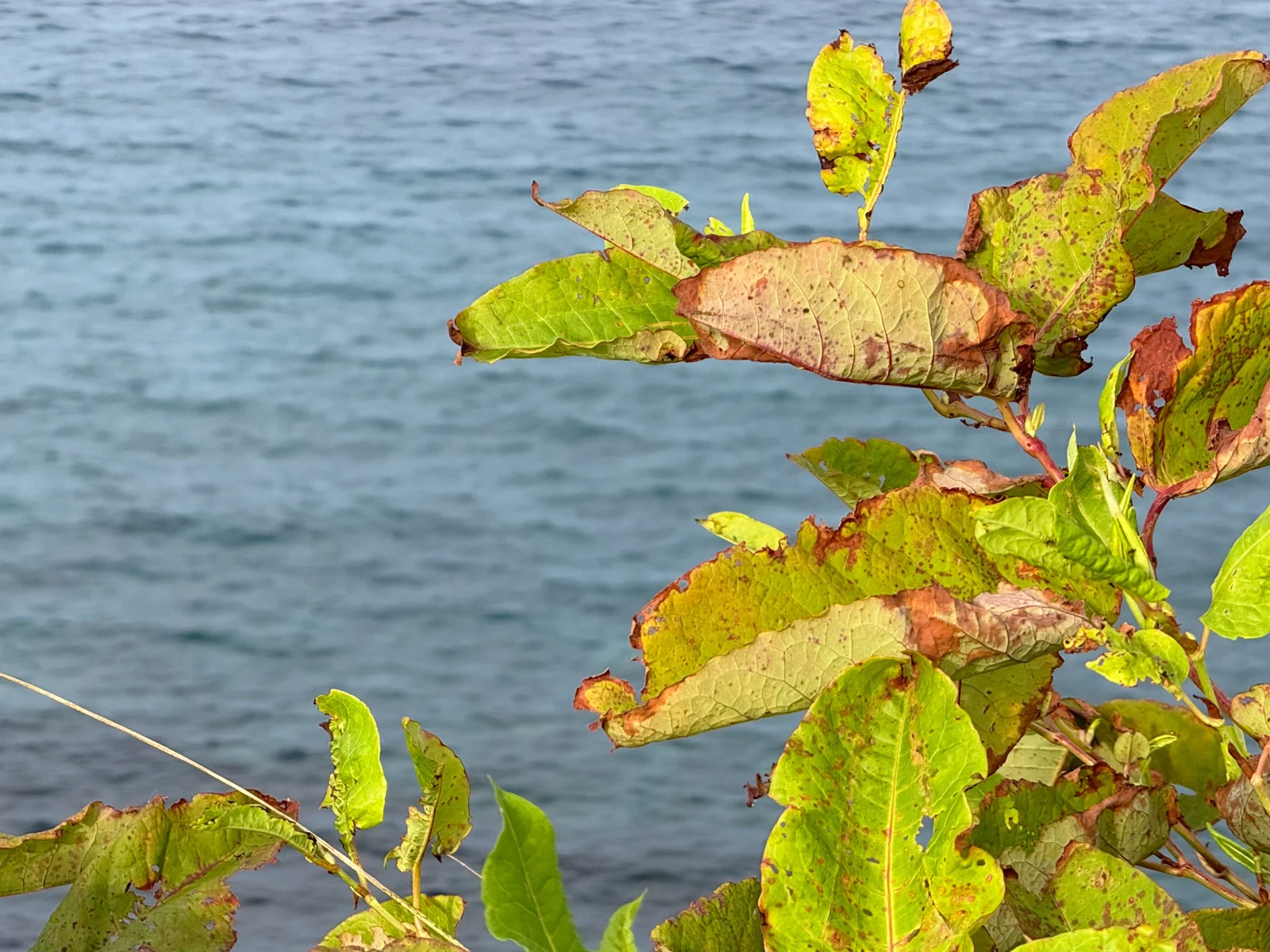
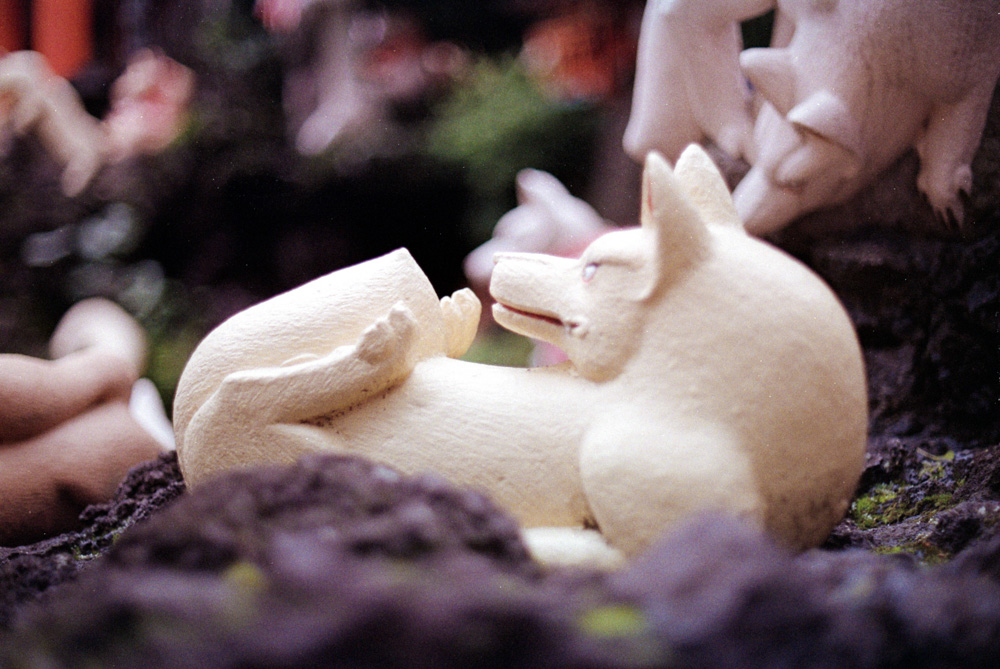
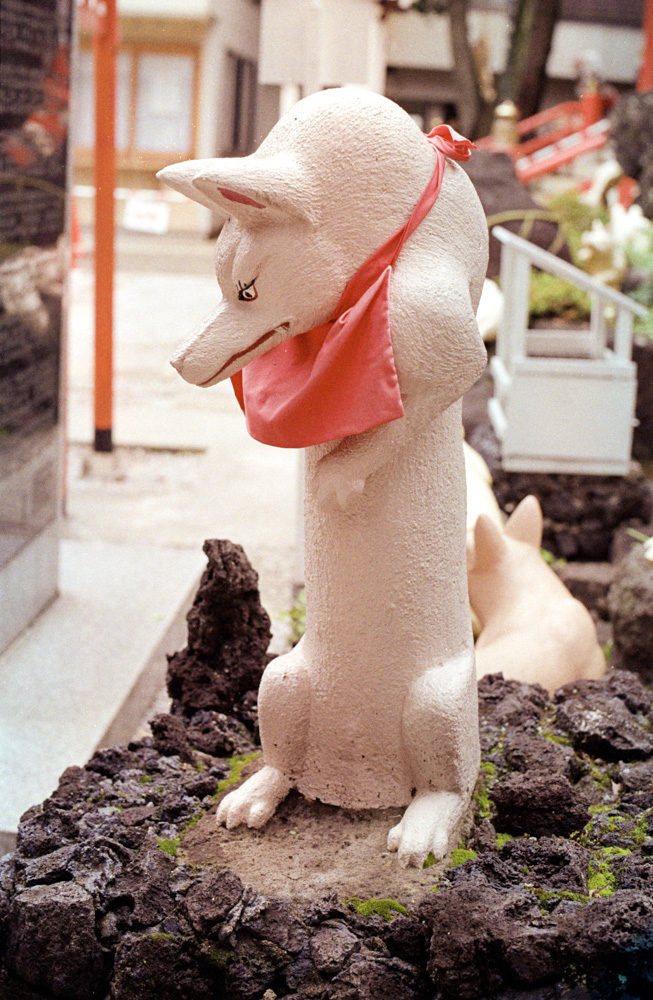
Apparently, it took about 10 years for a sculptor to create all these statues. Originally, the colors were all the same, but later they painted them in different colors to prevent weathering.
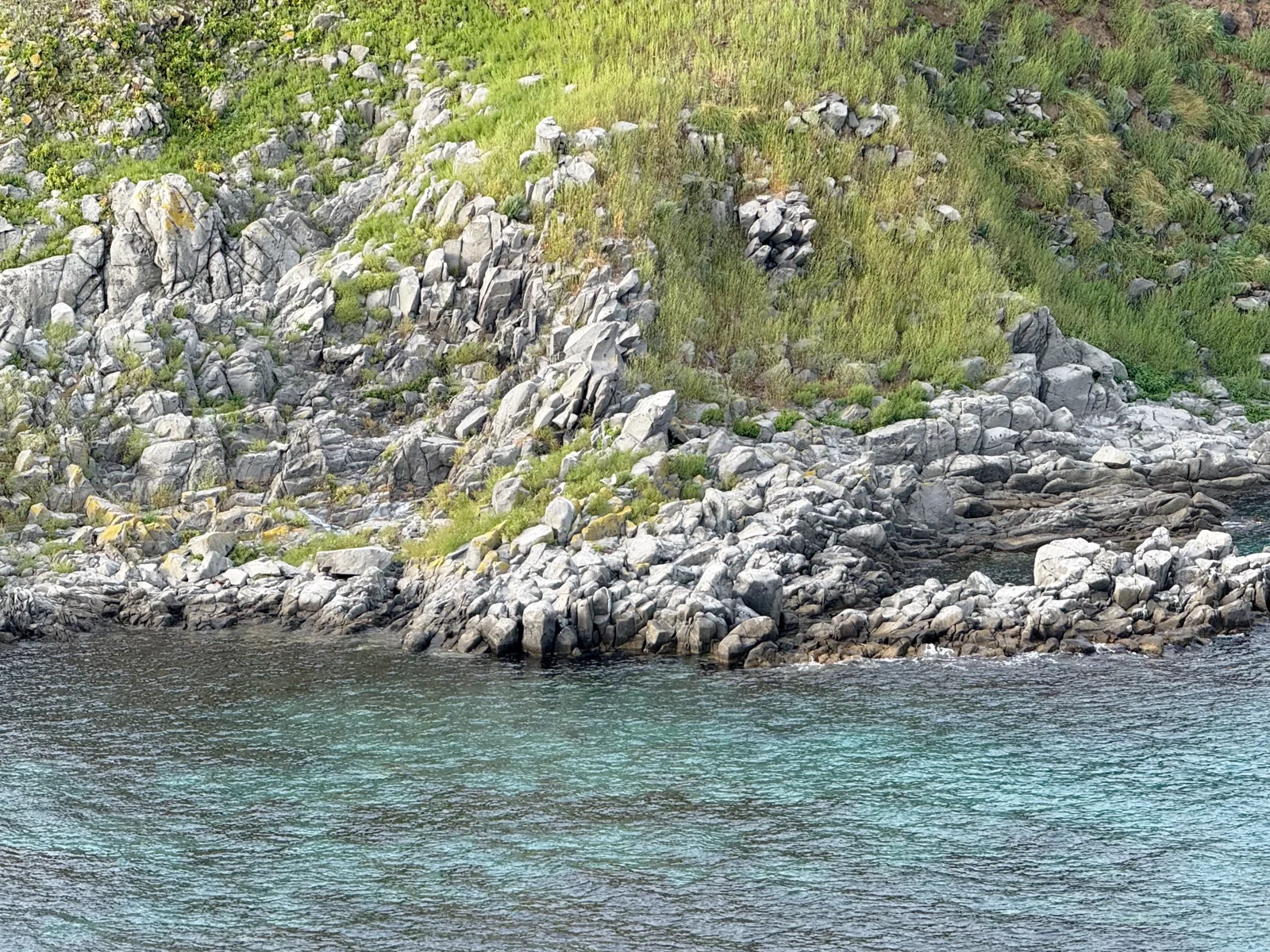
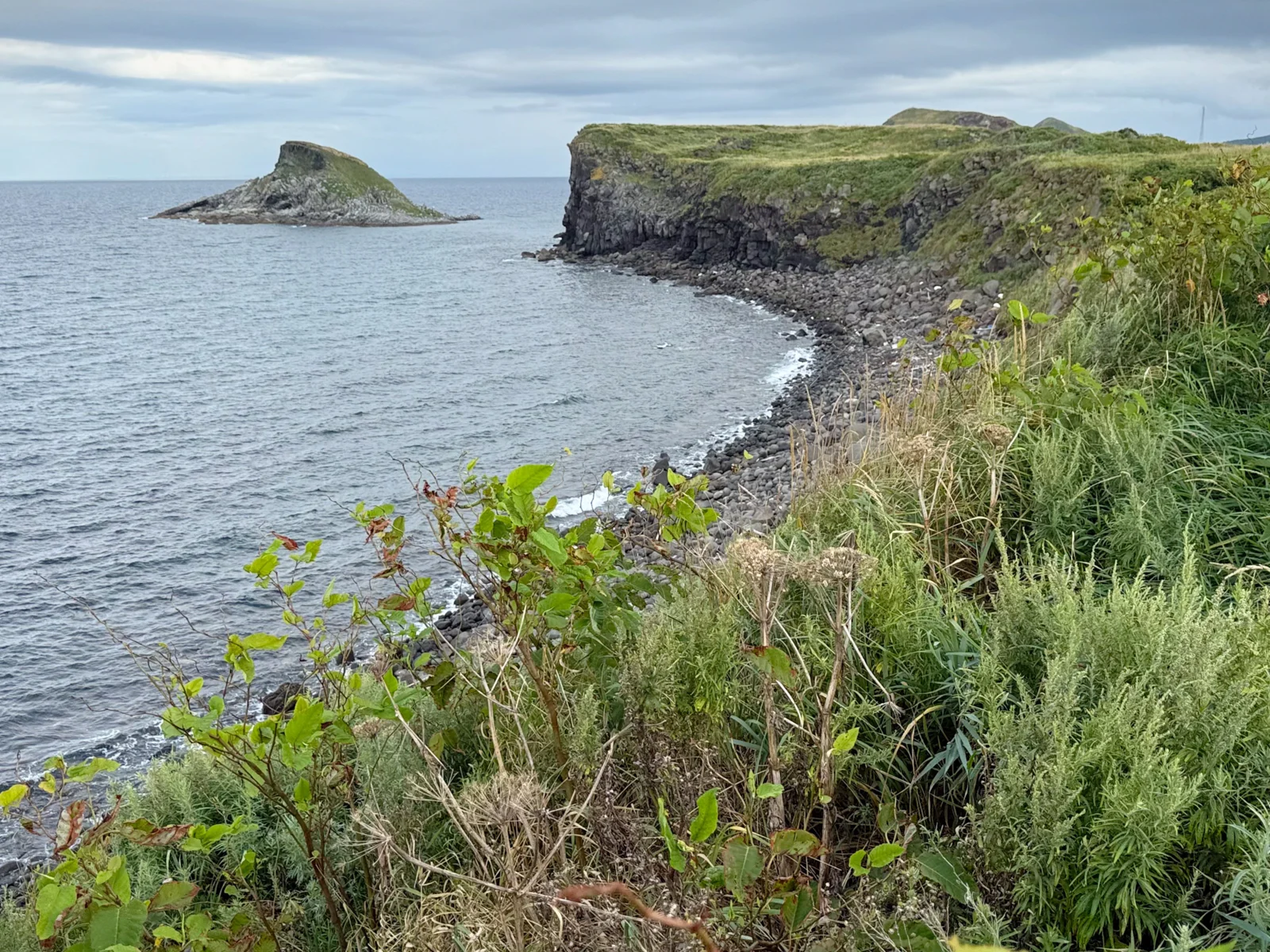
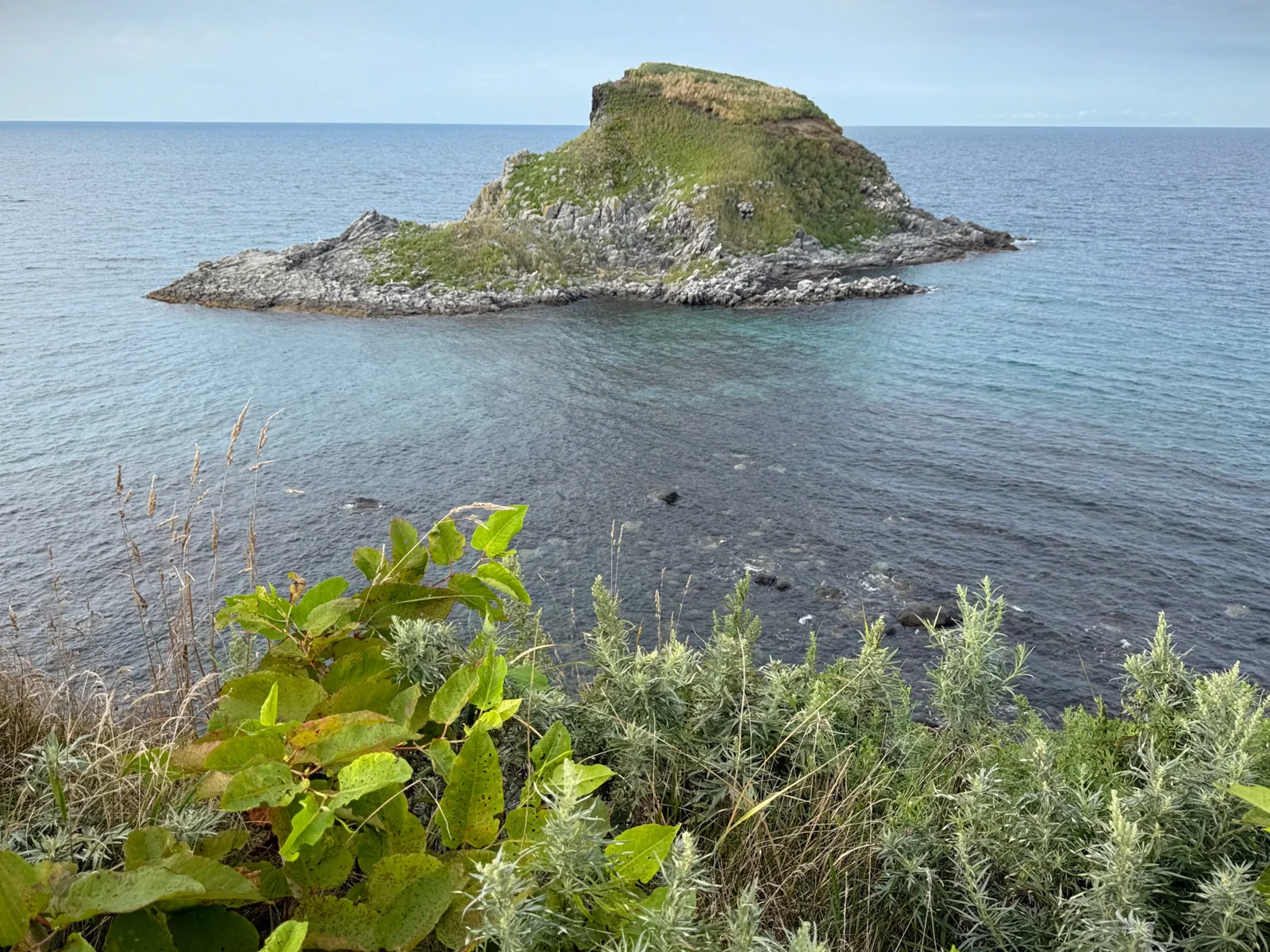
Many of the foxes are wearing red bibs around their necks. What do they mean? According to Japanese folklore, it is said that the color red protects from demons and illnesses.
The rocks on which these playful foxes are standing, are lava rocks brought from Mount Fuji (same as the miniature mountain we saw before).
Let’s now leave the foxes and walk up the stairs in front of the main hall.
It is not allowed to take photos directly of the inside of the hall, so you won’t see it clearly here, but inside there is a large circular mirror at the altar, known as shinkyo. In Shinto, the shinkyo is a sacred mystical object that is believed to connect our physical world to the spirit realm. The mirror at Keihin Fushimi Inari Shrine is the largest in Japan — it’s over 4.5 meters in diameter.
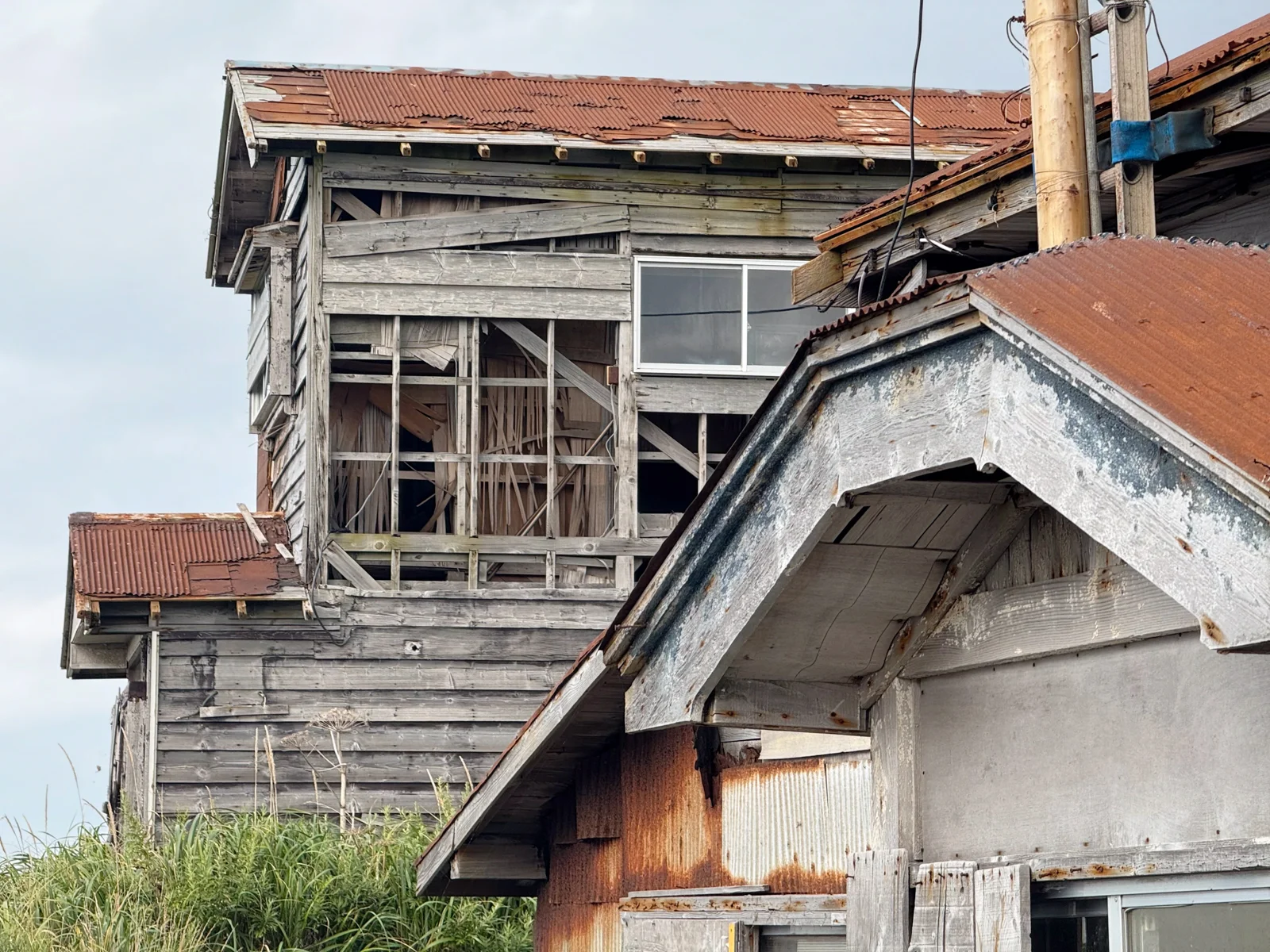
The mirror is also present in some of the smaller shrines on the precincts.
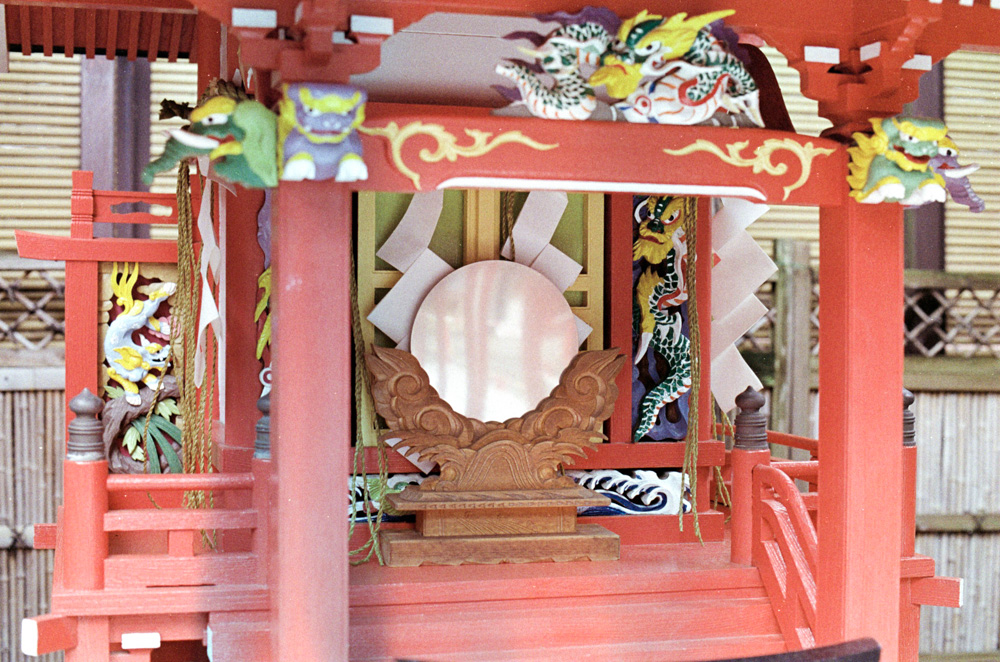
Let’s complete today’s excursion to the world of foxes with a nice looking goshuin seal from the Keihin Fushimi Inari Shrine.
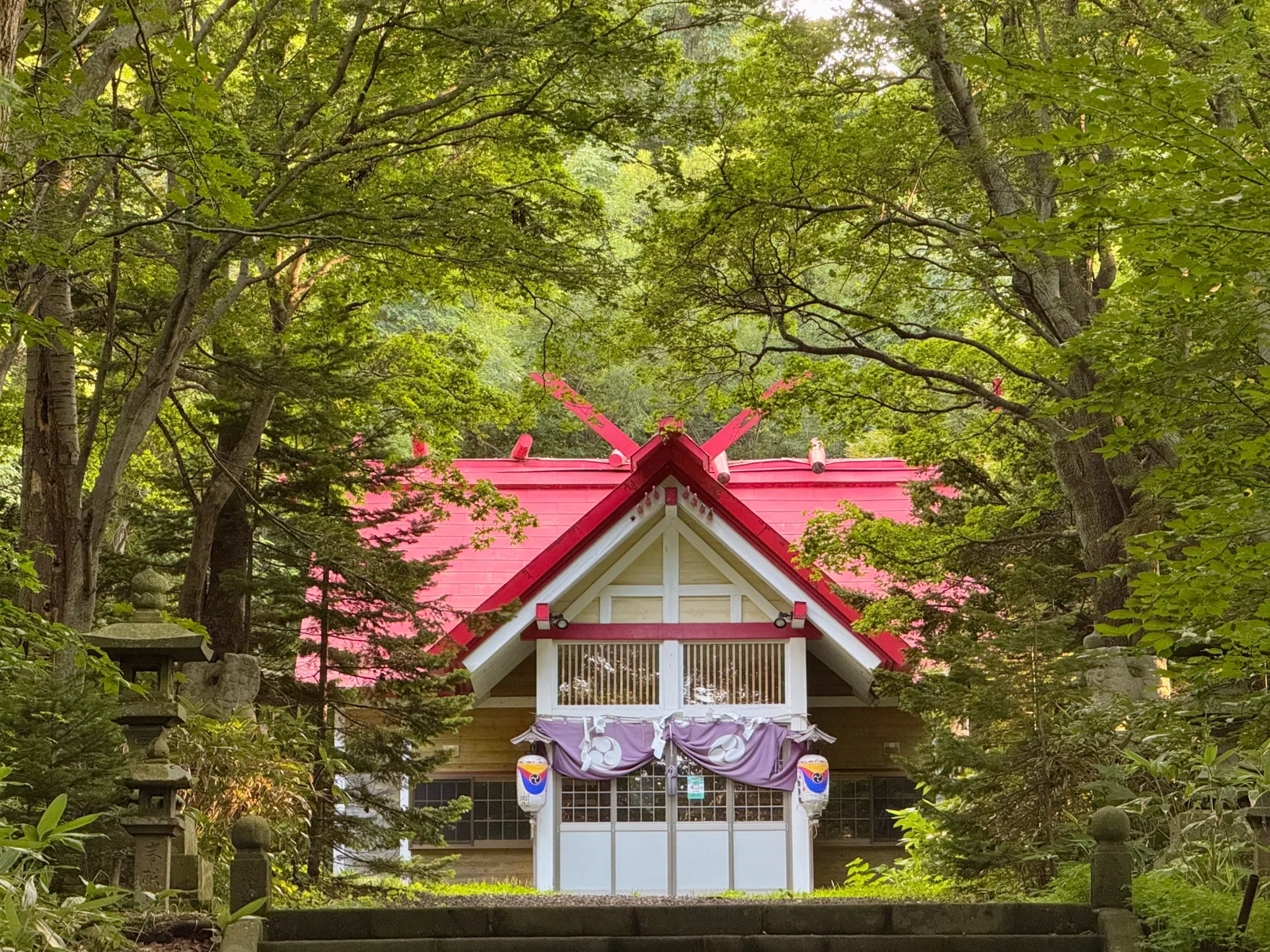
![[Photos] Autumn Colors at Kotokuji Temple](/_next/image?url=https%3A%2F%2Fsgp1.vultrobjects.com%2Fpfj-static%2F2025%2F11%2FIutHLn2g-02.webp&w=3840&q=75)
![[Site Update] Goshuin Collection](/_next/image?url=https%3A%2F%2Fsgp1.vultrobjects.com%2Fpfj-static%2F2025%2F11%2FIMG_3251.webp&w=3840&q=75)
